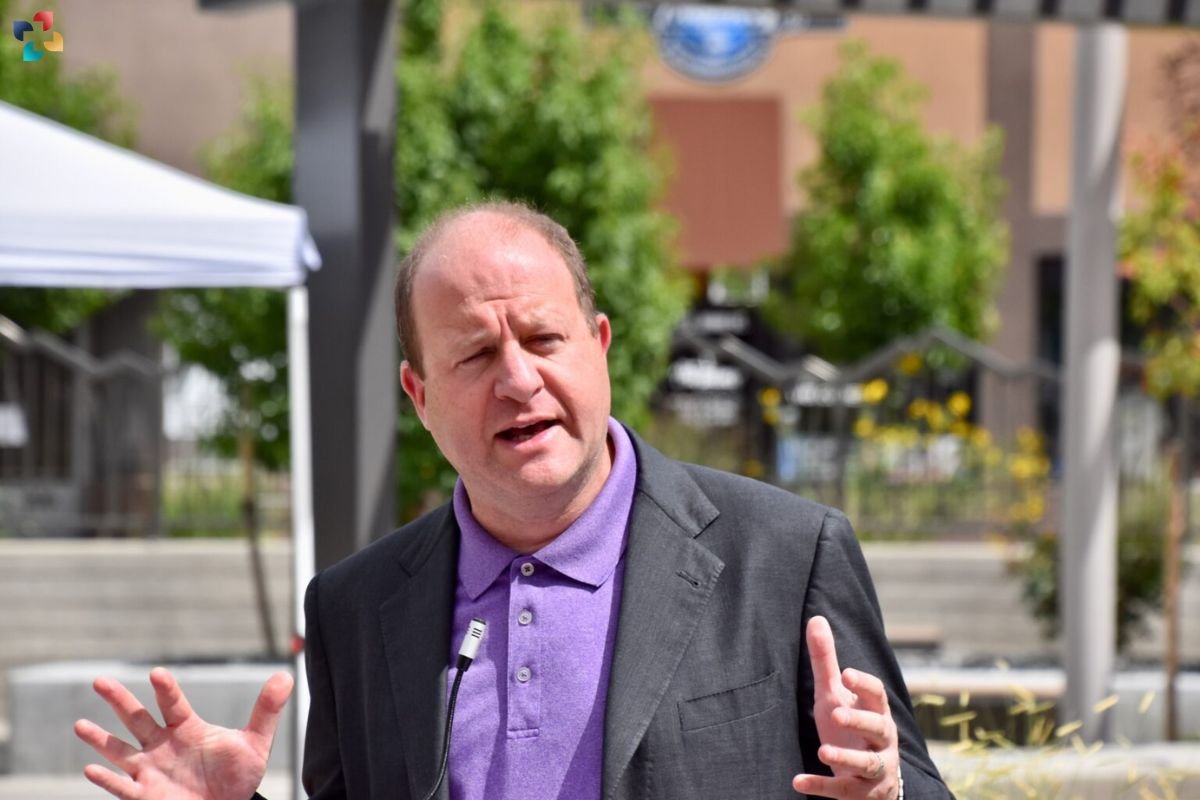Source-Coloradonewsline.com
Colorado has recently come under scrutiny for its high Medicaid disenrollment rate following the lifting of a pandemic-era restriction by the U.S. government. Among the top ten states with the highest share of Medicaid beneficiaries removed from the program, Colorado is the only blue state amidst a cluster of red states, including Idaho, Montana, Texas, and Utah, experiencing significant cuts. This “unwinding” of Medicaid has been ongoing since the spring of 2023.
Despite having policies in place intended to mitigate the impact of these changes, the state’s efforts seem insufficient. Bethany Pray, chief legal and policy officer at the Colorado Center on Law and Policy, highlights a disconnect between Colorado’s progressive policies and its underfunded, fragmented administrative system. Data from KFF reveals that Colorado has experienced a more substantial net drop in Medicaid and Children’s Health Insurance Program (CHIP) enrollment than any other state except Utah.
Technological and Administrative Challenges
Healthcare access advocates, researchers, and county administrators, who manage the majority of Medicaid redeterminations in Colorado, attribute the high Medicaid disenrollment rates to outdated technology and low automatic renewal rates. These factors create significant barriers to enrollment, undermining the state’s progressive intentions.
In contrast, state officials present a more optimistic perspective, suggesting the enrollment decline is partly due to their successful enrollment efforts during the height of the COVID-19 pandemic. They also point to the state’s strong economy, arguing that more people are obtaining insurance through their employers. Kim Bimestefer, head of the Department of Health Care Policy and Financing, asserts that a low unemployment rate has reduced the need for safety-net programs, claiming, “Our people are rising and thriving.”
However, Bureau of Labor Statistics data shows that while Colorado’s unemployment rate is lower than the national average, it remains higher than pre-pandemic levels. State officials argue that many individuals are no longer eligible for Medicaid because they have found jobs, reflected by lower unemployment rates in fewer than half of the state’s counties.
Discrepancies in Medicaid Coverage
A KFF Health News analysis indicates that in 11 counties where unemployment has stagnated or increased from January 2020 to April 2024, the Medicaid coverage share of the population has decreased. This suggests that a low unemployment rate does not necessarily reduce the need for Medicaid, as many employed individuals still earn low wages, qualifying them for the program.
During the COVID-19 public health emergency, Colorado’s Medicaid and CHIP enrollment surged by 35%, compared to a 30% national increase among Medicaid expansion states. Bimestefer explains that this substantial growth logically leads to a higher disenrollment rate now that the public health emergency has ended. She states, “We grew more, which means, logically, we’re going to disenroll more. We went up higher, we’re going to come down lower because our economy is stellar.”
In summary, Colorado’s high Medicaid disenrollment rate, despite having policies to cushion the impact, raises concerns among advocates. Technological and administrative challenges, along with discrepancies in Medicaid coverage across counties, suggest that more needs to be done to ensure that vulnerable populations maintain access to essential healthcare services.







